- Home
- Quizzes
- My Quiz Activity
- Newsletters
- Sports Betting
- MY FAVORITES
- Add Sports/Teams
- SPORTS
-
NFL
- NFL Home
- Arizona Cardinals
- Atlanta Falcons
- Baltimore Ravens
- Buffalo Bills
- Carolina Panthers
- Chicago Bears
- Cincinnati Bengals
- Cleveland Browns
- Dallas Cowboys
- Denver Broncos
- Detroit Lions
- Green Bay Packers
- Houston Texans
- Indianapolis Colts
- Jacksonville Jaguars
- Kansas City Chiefs
- Las Vegas Raiders
- Los Angeles Chargers
- Los Angeles Rams
- Miami Dolphins
- Minnesota Vikings
- New England Patriots
- New Orleans Saints
- New York Jets
- New York Giants
- Philadelphia Eagles
- Pittsburgh Steelers
- San Francisco 49ers
- Seattle Seahawks
- Tampa Bay Buccaneers
- Tennessee Titans
- Washington Commanders
-
MLB
- MLB Home
- Arizona Diamondbacks
- Atlanta Braves
- Baltimore Orioles
- Boston Red Sox
- Chicago White Sox
- Chicago Cubs
- Cincinnati Reds
- Cleveland Guardians
- Colorado Rockies
- Detroit Tigers
- Houston Astros
- Kansas City Royals
- Los Angeles Angels
- Los Angeles Dodgers
- Miami Marlins
- Milwaukee Brewers
- Minnesota Twins
- New York Yankees
- New York Mets
- Oakland Athletics
- Philadelphia Phillies
- Pittsburgh Pirates
- San Diego Padres
- San Francisco Giants
- Seattle Mariners
- St. Louis Cardinals
- Tampa Bay Rays
- Texas Rangers
- Toronto Blue Jays
- Washington Nationals
-
NBA
- NBA Home
- Atlanta Hawks
- Boston Celtics
- Brooklyn Nets
- Charlotte Hornets
- Chicago Bulls
- Cleveland Cavaliers
- Dallas Mavericks
- Denver Nuggets
- Detroit Pistons
- Golden State Warriors
- Houston Rockets
- Indiana Pacers
- Los Angeles Clippers
- Los Angeles Lakers
- Memphis Grizzlies
- Miami Heat
- Milwaukee Bucks
- Minnesota Timberwolves
- New Orleans Pelicans
- New York Knicks
- Oklahoma City Thunder
- Orlando Magic
- Philadelphia 76ers
- Phoenix Suns
- Portland Trail Blazers
- Sacramento Kings
- San Antonio Spurs
- Toronto Raptors
- Utah Jazz
- Washington Wizards
-
NHL
- NHL Home
- Anaheim Ducks
- Arizona Coyotes
- Boston Bruins
- Buffalo Sabres
- Calgary Flames
- Carolina Hurricanes
- Chicago Blackhawks
- Colorado Avalanche
- Columbus Blue Jackets
- Dallas Stars
- Detroit Red Wings
- Edmonton Oilers
- Florida Panthers
- Los Angeles Kings
- Minnesota Wild
- Montreal Canadiens
- Nashville Predators
- New Jersey Devils
- New York Islanders
- New York Rangers
- Ottawa Senators
- Philadelphia Flyers
- Pittsburgh Penguins
- San Jose Sharks
- Seattle Kraken
- St. Louis Blues
- Tampa Bay Lightning
- Toronto Maple Leafs
- Vancouver Canucks
- Vegas Golden Knights
- Washington Capitals
- Winnipeg Jets
- NCAAF
- NCAAM
- Boxing
- Entertainment
- Lifestyle
- Golf
- MMA
- Soccer
- Tennis
- Wrestling
- More Sports
- RESOURCES
- My Account
- YB on Facebook
- YB on Twitter
- YB on Flipboard
- Contact Us
- Privacy Policy
- Terms of Service
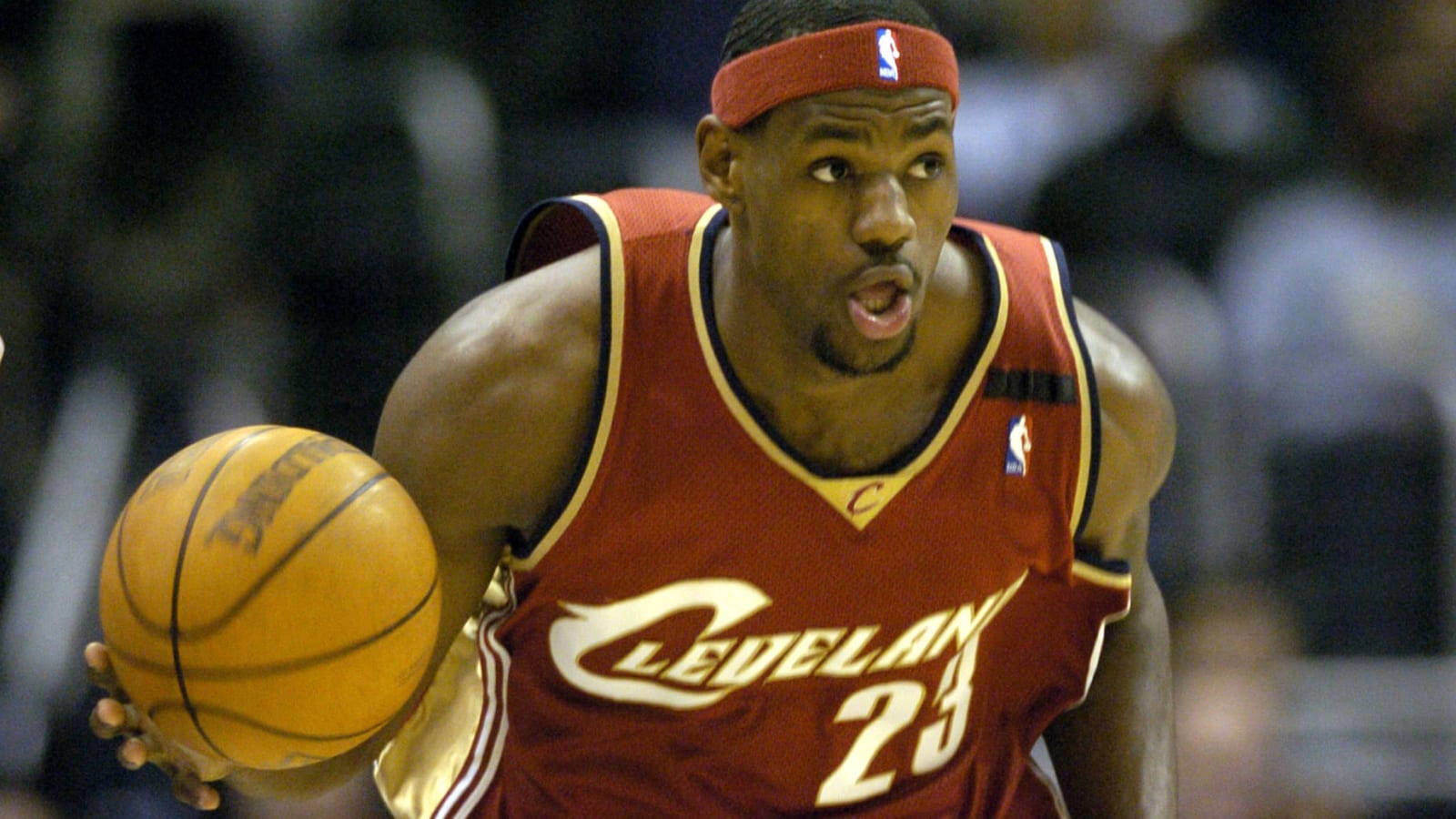
The 25 best second seasons in NBA history
Everybody remembers a great rookie season in the NBA, which often result in a trophy being held aloft. However, what about the players who have fantastic second seasons? We always talk about the so-called “sophomore slump,” but not every player deals with that. In fact, some players have had tremendous campaigns in their second years in the league. Here are 25 of the best second seasons in NBA history.
Damian Lillard
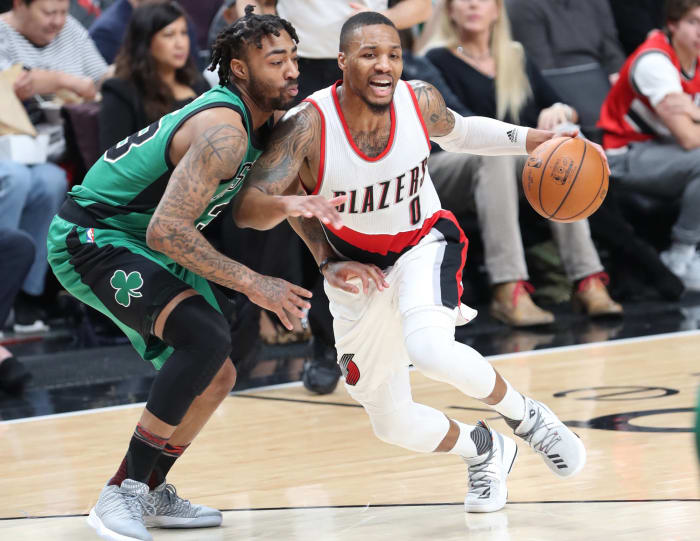
To think that Lillard ended up at Weber State for college. Despite his humble beginnings, the sharpshooter was drafted sixth overall and impressed right out of the gate by winning Rookie of the Year. In his second season he made his first All-Star team and averaged 20.7 points per game for the Blazers while improving from both beyond the arc and at the free-throw line.
Larry Johnson
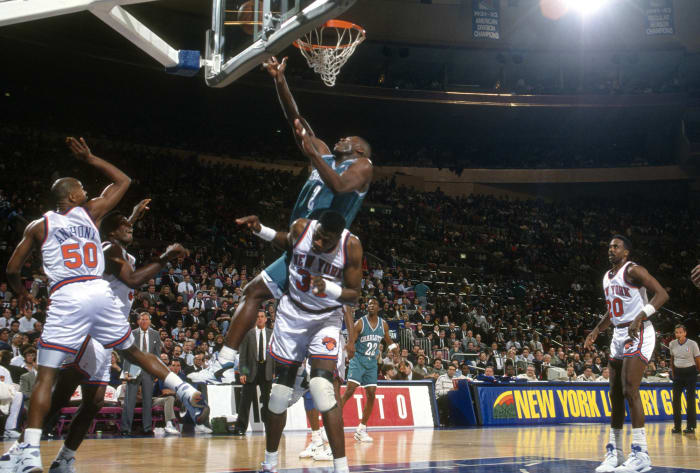
Speaking of Rookie of the Year winners — and there are a lot of them on this list — Johnson was an iron man for the Hornets in his sophomore campaign. In addition to playing in all 82 games, he averaged a league-high 40.5 minutes per contest. Take that, load management! The man known, for odd reasons, as “Grandmama” did damage in his time on the court, as he averaged over 20 points and 10 boards per game.
Anthony Davis
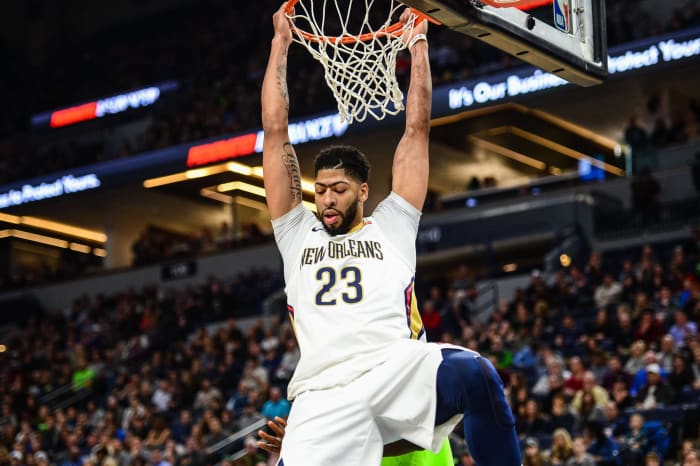
A nickname like “The Brow” feels decidedly less strange after talking about “Grandmama,” but there was nothing strange about Davis’ game. While now he is certainly not well liked in New Orleans, the first-overall pick out of Kentucky made fans in the Big Easy happy during his second season. He too averaged over 20 points and 10 rebounds a night, but he also led the league in blocks per game with a hearty 2.8. Plus, now he has a ring with the Lakers and another guy on this list.
John Drew
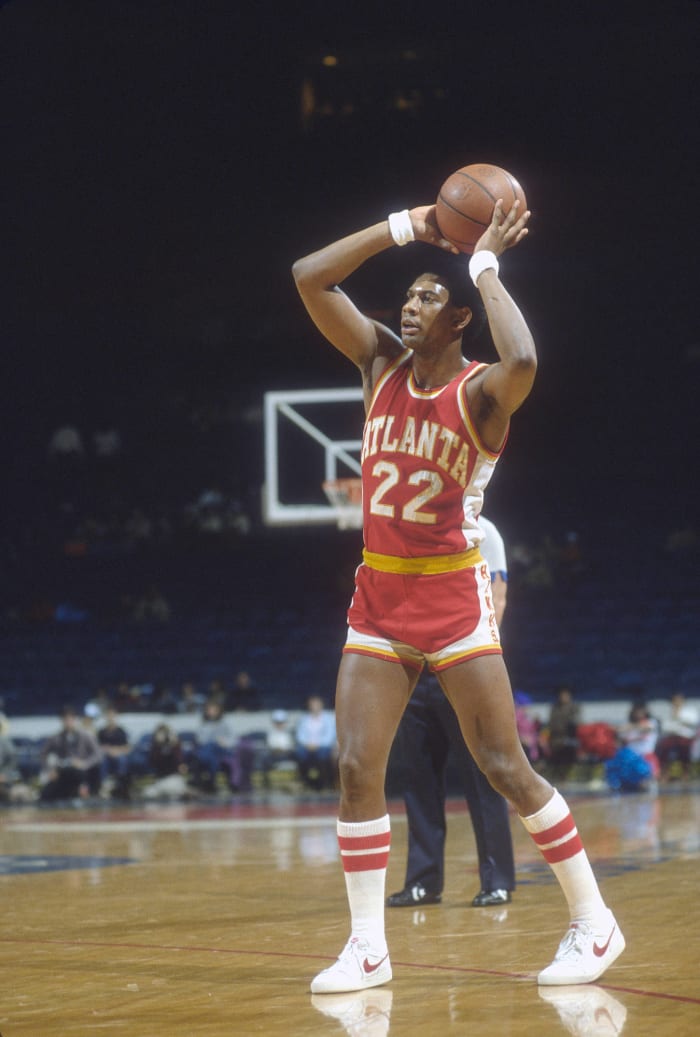
This is the first guy on the list who isn’t a well-known name, as Drew made only two All-Star Games in his career. One of them was in the 1975-76 season, though, when he was in his second year with the Hawks. Drew made over half of his field-goal attempts, which helped him to average 21.6 points per game for Atlanta.
David Thompson
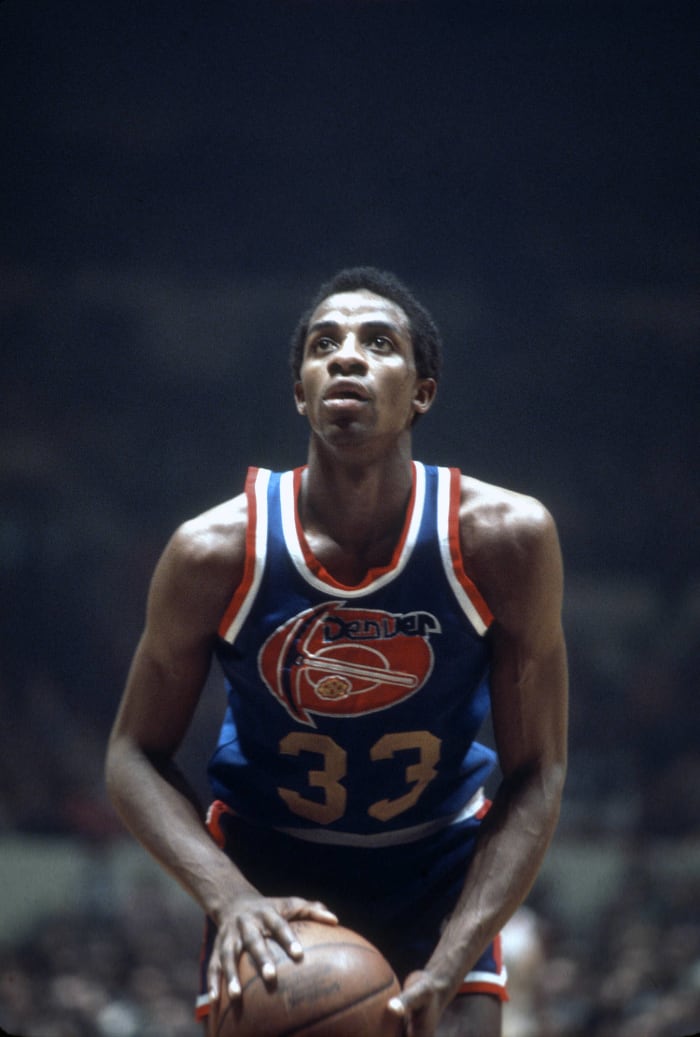
Thompson’s first season was with the Nuggets in the ABA. The next year, his sophomore campaign, he moved with Denver to the NBA, and he was ready for the increased level of competition. Thompson’s No. 1 job was to get buckets, and he did just that. The Hall of Famer averaged 25.9 points per contest, helping ease his team into the NBA.
Penny Hardaway
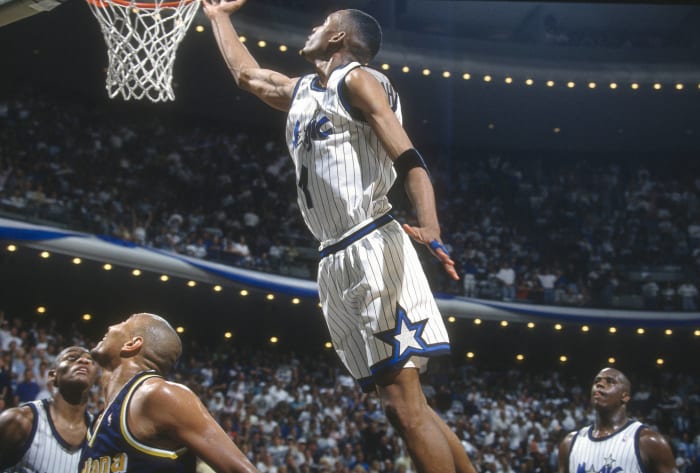
Penny’s career was unfortunately derailed by injury, but this is a reminder of how much promise he had as a player. After making the All-Rookie team in his first campaign, Hardaway was on the All-NBA first team in the 1994-95 season. He averaged over 20 points and seven assists and would start hanging out with a smaller version of himself voiced by Chris Rock.
Larry Bird

Like Penny, Bird’s career was hampered by injury, but it didn’t stop him from being a Hall of Famer with three MVP Awards. He made the All-Star Game every season of his career save the one when he was limited to six games. His sophomore campaign actually saw his scoring drop ever so slightly (21.3 to 21.2), but he improved in rebounds, assists and steals.
Dwyane Wade

Wade made a massive jump from his rookie campaign, where he was solid, to his second season. He improved his scoring from 16.2 points per game all the way to 24.1, thanks in part to getting to the line all the time. It was a great season but only the second-best by a sophomore in the 2004-05 campaign. We’ll get to that, though.
Bill Russell
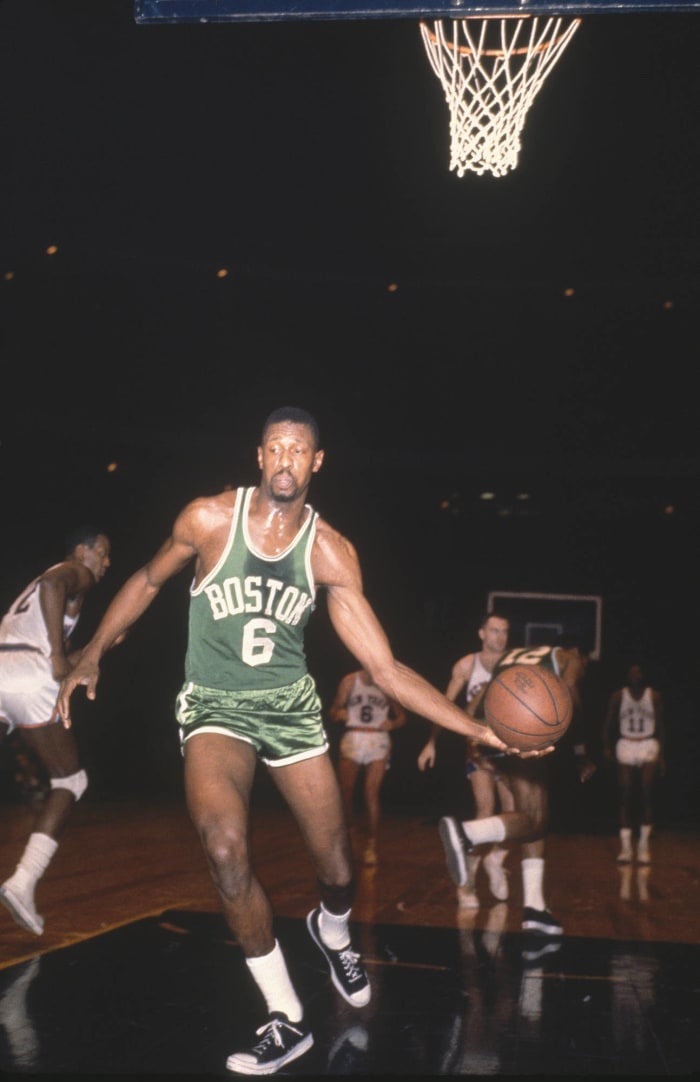
Weirdly, the 1957-58 season is one of only two in Russell’s career where he and the Celtics didn’t win the NBA title. It’s also the first year he won the NBA MVP Award. He scored 16.6 points, but it was his defense and rebounding that stole the show. The legend led the NBA with 22.7 boards per game.
Buck Williams
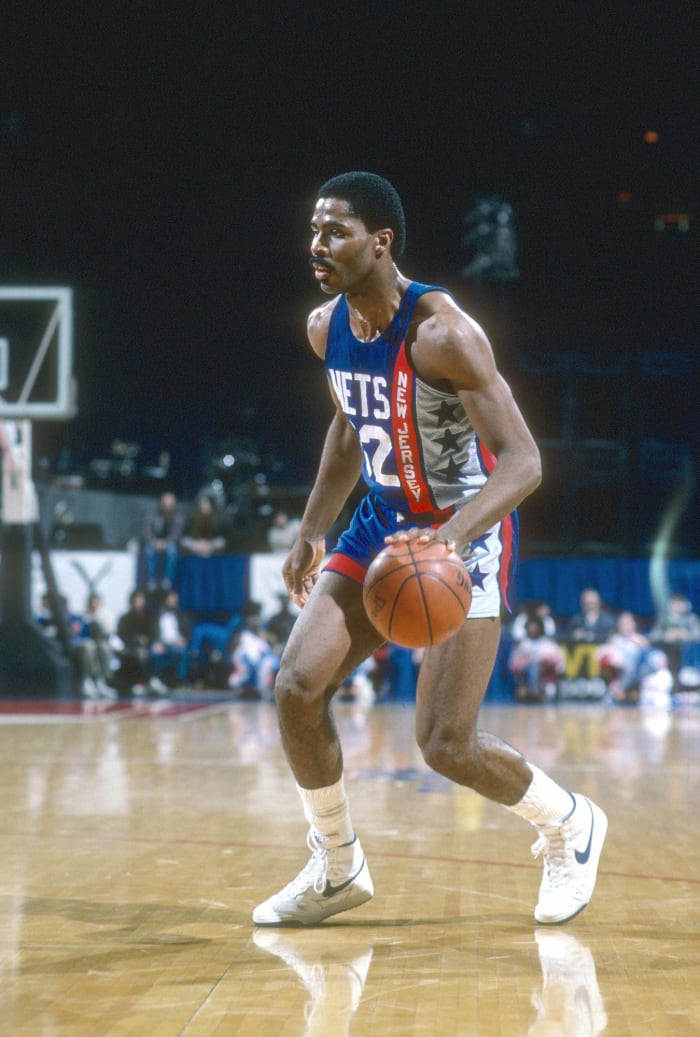
Yes, you can argue Williams had a better second season than Russell, one of the all-time NBA greats. For his entire career, Buck wasn’t on Russell’s level, but he was an All-Star in his first two seasons. He averaged 17.0 points and 12.5 rebounds per game, but Williams’ calling card was his defense, even if his second season wasn’t one of the four where he made an All-Defense team.
Yao Ming
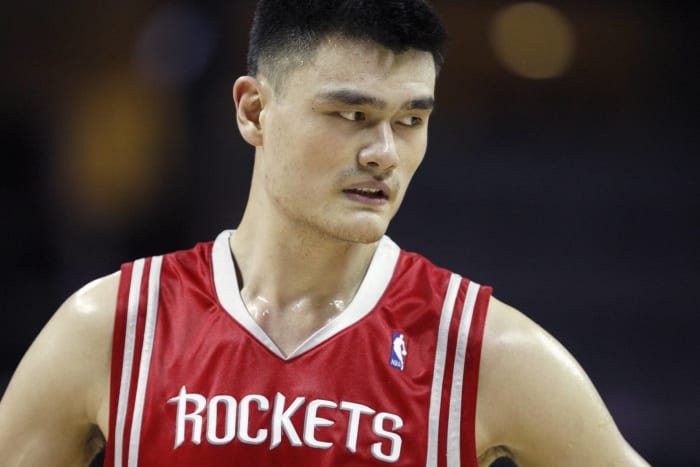
With his size and the fact he was from China, there was thought that Yao would change the NBA. He did help make the league huge in a country of over a billion people, but Yao actually struggled in his rookie season. His second year, though, went a lot better. He improved his shooting, scoring and rebounding, and when you’re billed as 7-foot-6, you make a difference on defense by just being on the court.
Elgin Baylor
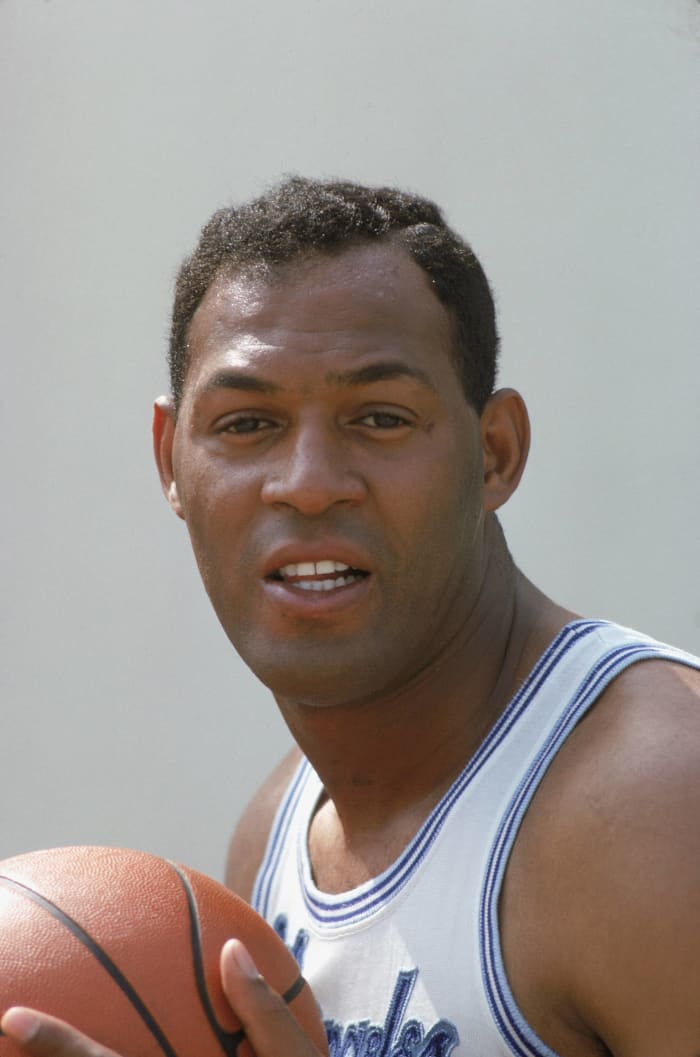
Baylor’s second season was the Lakers’ last in Minneapolis. He became a legend in Los Angeles, but he was already an incredible player before that. Bearing in mind the NBA of the late 1950s/early 1960s was a different beast, it’s still amazing he averaged 29.6 points and 16.4 rebounds per game. The next three seasons he averaged over 30 points.
Grant Hill
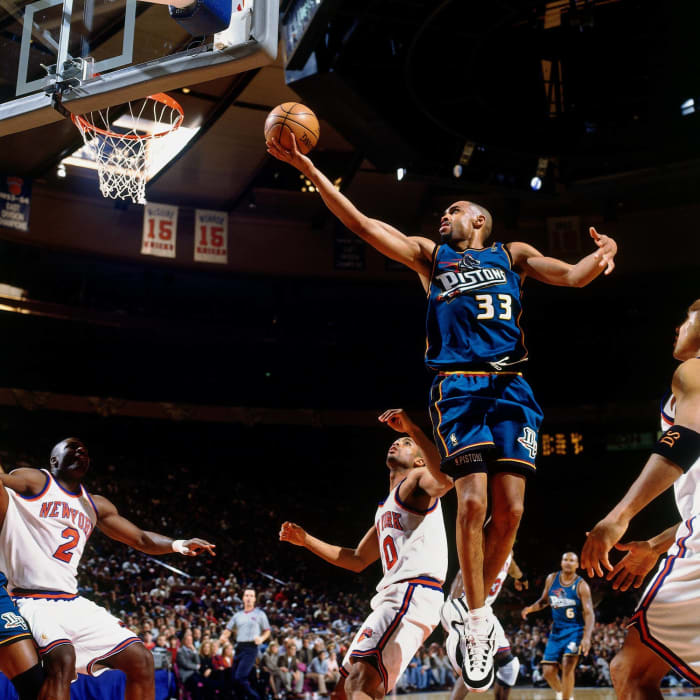
If you don’t remember Hill at the beginning of his career, you missed out on a great player. Eventually he had to remake himself as a cagey, crafty veteran, but he was a proto point forward out of Duke. At the time, players on the wing didn’t averaged over 20 points, almost 10 rebounds and almost seven assists a game. And yet Hill did just that.
Vince Carter
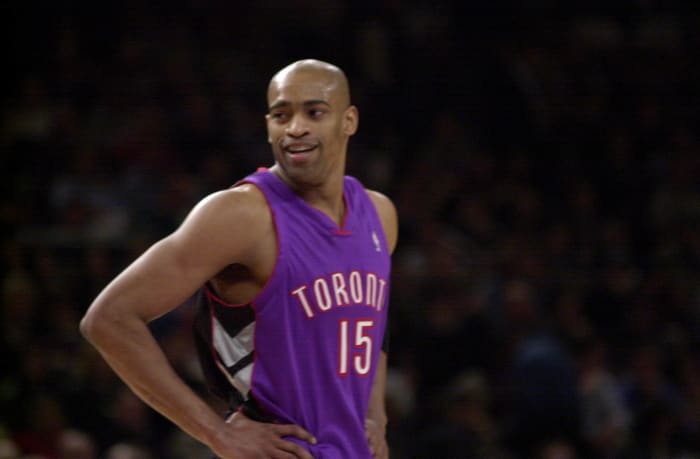
Carter’s second season was 1999-00, if you want to remember just how long he played in the NBA. He only retired after the 2019-20 season, having played in four different decades, the first NBA player to do that. Vinsanity reigned in his second campaign, as Carter dunked his way to 25.7 points per game. This started an eight-year stretch of him making the All-Star Game.
Marques Johnson
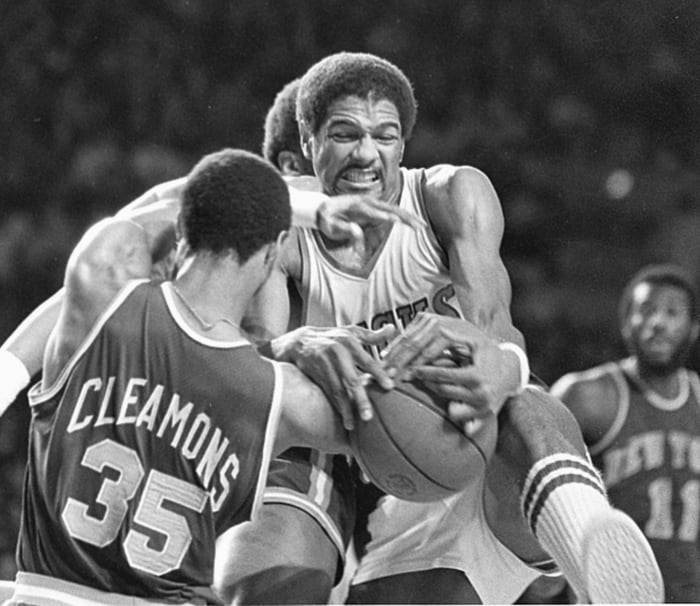
This is the most surprising name on this list. You may not remember Johnson; however, his legacy is underrated, as he made five All-Star teams and was All-NBA three times. Playing for Milwaukee, Johnson set a personal best in his sophomore year by averaging 25.6 points. He also averaged over a steal and a block per game.
Jerry West

The man is the logo, so you probably aren’t surprised he was great out of the gate. Few players had as much of a jump from their rookie year to their sophomore campaign though. He took eight more shots per game and doubled his free-throw attempts, which led to him leaping from 17.6 points to 30.8 points per game.
LeBron James
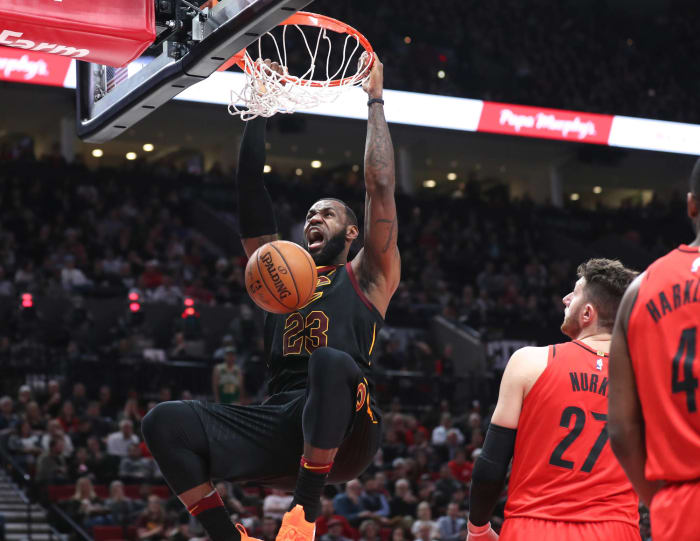
LeBron came into the NBA with more hype than anybody else, and he lived up to it by winning Rookie of the Year. He was still a raw player out of high school, though. In his sophomore year he averaged a league-high 42.4 minutes per game and saw his field-goal percentage increase from 41.7 to 47.2 percent. That helped him increase his scoring average by nearly seven points per game and, naturally, he stuffed the stat sheet left and right.
Rick Barry
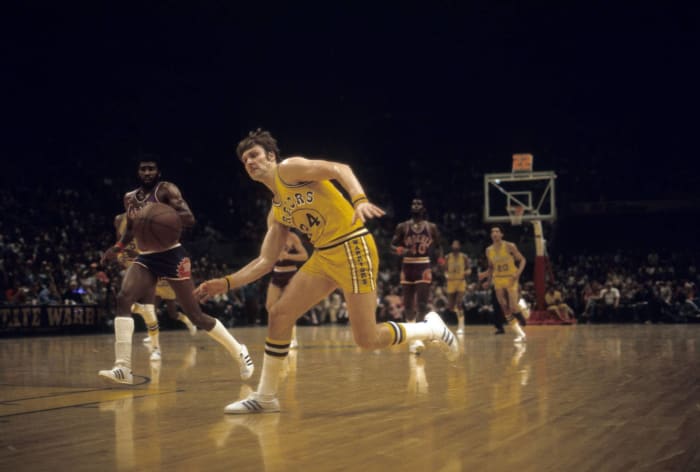
All of the players left on this list have the right to claim they had better sophomore seasons than LeBron, which is an honor they will surely appreciate. Barry was Rookie of the Year in his first season but got an even better designation in his second season: scoring champ. Barry averaged a whopping 35.6 points per game, which are James Harden numbers. He would spend his next four seasons in the ABA before returning to the NBA.
Bob McAdoo

McAdoo won Rookie of the Year in his first season and MVP in his third season. Let’s not overlook his second campaign though. For the first time in his career he averaged over 30 points per game thanks in part to the fact he led the NBA in field-goal percentage.
Oscar Robertson
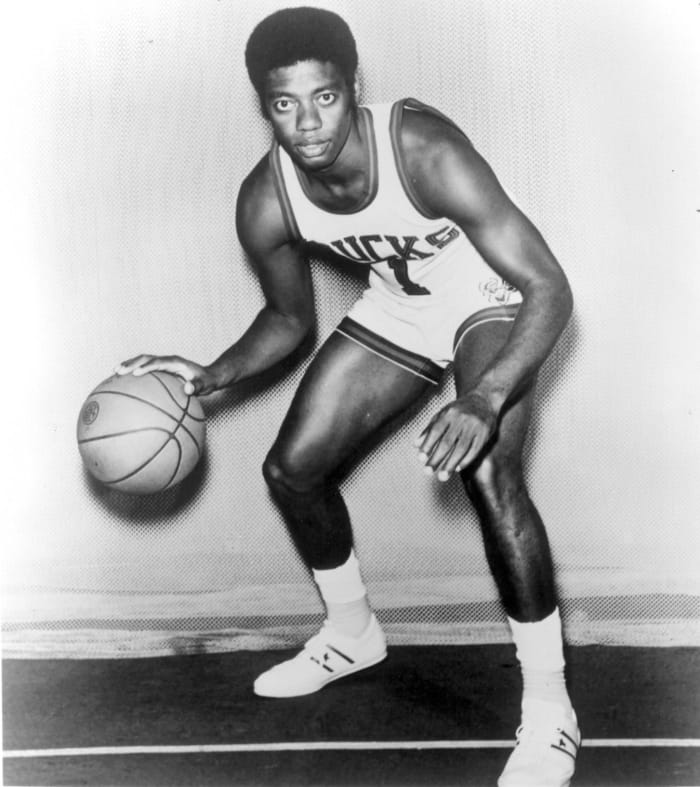
This was the year. This is the season where Robertson averaged a triple-double. For years, he was the only person to do it. How is he not on top of this list? Well, the NBA played at a different pace at the time. After all, he didn’t even win MVP despite averaging a triple-double. It was an incredible season — one of the best ever for a second-year player. A few players finished higher though.
Paul Arizin
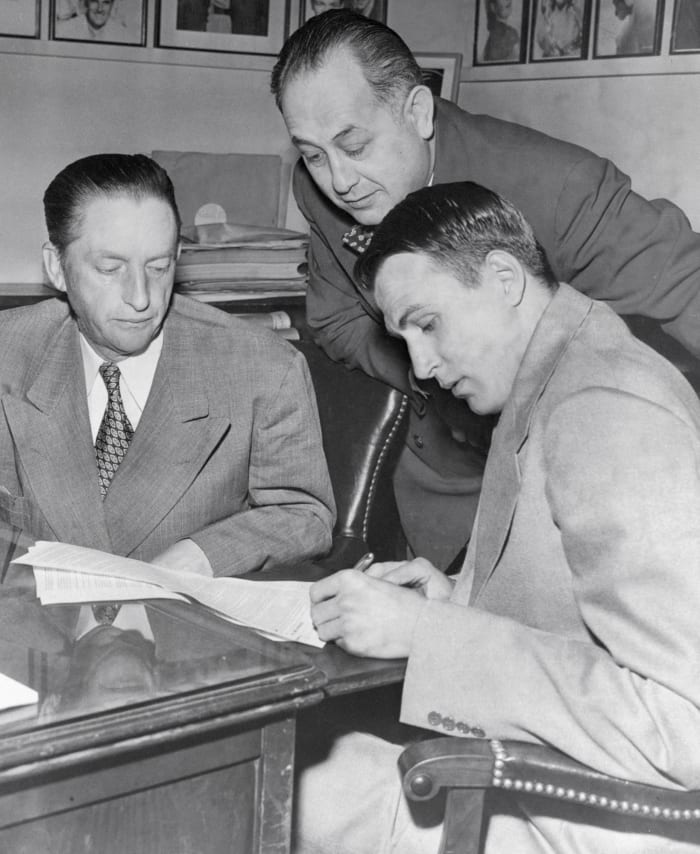
There were a few players from the early ‘50s who could have been considered for this list, but the league was so new and different then that it felt weird to stack the top 25 with guys from that time. Arizin literally took to the NBA court for the first time way back in 1950, but he had the best-ever second season for a player from that decade so we had to include him. He led the league in minutes per game, field-goal percentage and points per game. Arizin was also named the All-Star Game MVP. Then he missed two seasons due to military service. Indeed, the ‘50s were a weird time for the NBA.
Shaquille O'Neal

Shaq has been a star since his rookie season. He (and Penny Hardaway) put basketball in Orlando on the map. O’Neal’s second season was actually Penny’s first, and the two combined to be quite a dynamic duo. Shaq dropped nearly 30 points per game while also averaging 13.2 rebounds and 2.9 blocks per contest.
David Robinson
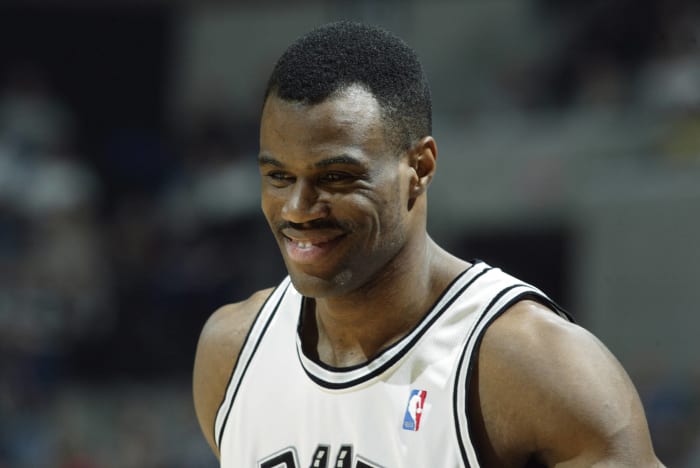
Because he went to the Naval Academy, Robinson was 25 when he was in his second season. He was a massive man despite being in his sophomore campaign, and "The Admiral" was already a star. Robinson led the NBA with 13.0 rebounds per game, and he also blocked a staggering 3.9 shots on average as well. Shockingly, that wasn’t even the best seasons for blocks in his career.
Wilt Chamberlain

The NBA literally changed the way the court was laid out to try and make basketball harder for Chamberlain, so needless to say he put up some insane numbers. Averaging 38.4 points per game is incredible enough as is, which needless to say led the league. On top of that, he rebounded 27.2 board per contest as well. Oh, and the next season he scored over 50 points per game, but this isn’t a list of the best third seasons in the NBA.
Kareem Abdul-Jabbar

Topping the list is Kareem. He was still known as Lew Alcindor at the time, and still with the Bucks, but under any name this was an incredible season. Abdul-Jabbar averaged 31.7 points and 16.0 rebounds per game while throwing in 3.3 assists per game for good measure. For his efforts he was named the MVP. If that wasn’t enough, he averaged 26.6 points and 17 boards per contest in the playoffs, leading the Bucks to their only title. That was the icing on the cake of the best sophomore campaign in NBA history.
Chris Morgan is a sports and pop culture writer and the author of the books The Comic Galaxy of Mystery Science Theater 3000 and The Ash Heap of History. You can follow him on Twitter @ChrisXMorgan.
More must-reads:
- Watch: LeBron James is furious after Lakers bench doesn't challenge call
- Watch: Wagner brothers help Orlando even up Cavs series
- The 'Most points in a playoff game by team' quiz
Breaking News
Customize Your Newsletter
 +
+
Get the latest news and rumors, customized to your favorite sports and teams. Emailed daily. Always free!
Use of this website (including any and all parts and
components) constitutes your acceptance of these
Terms of Service and Privacy Policy.

